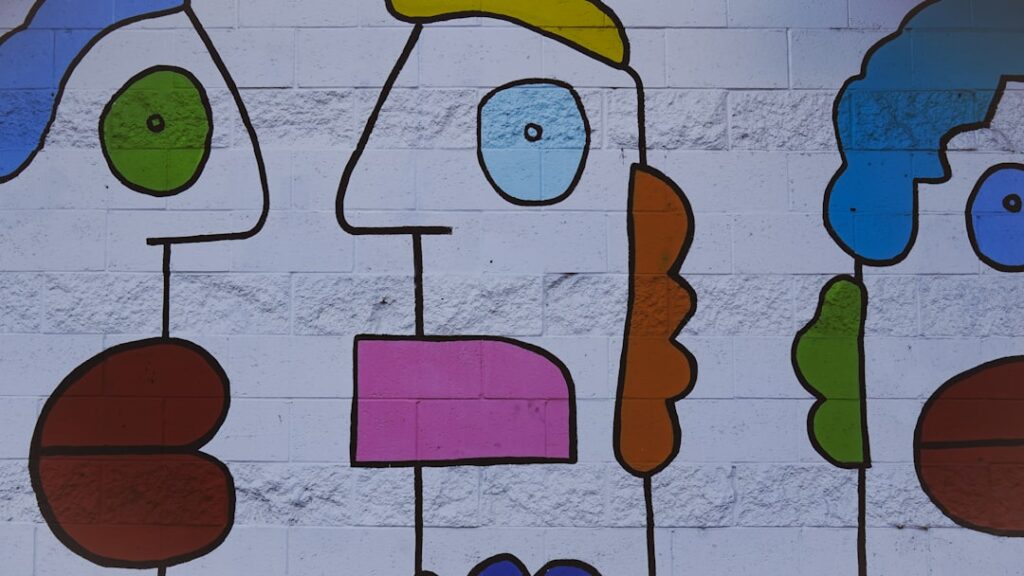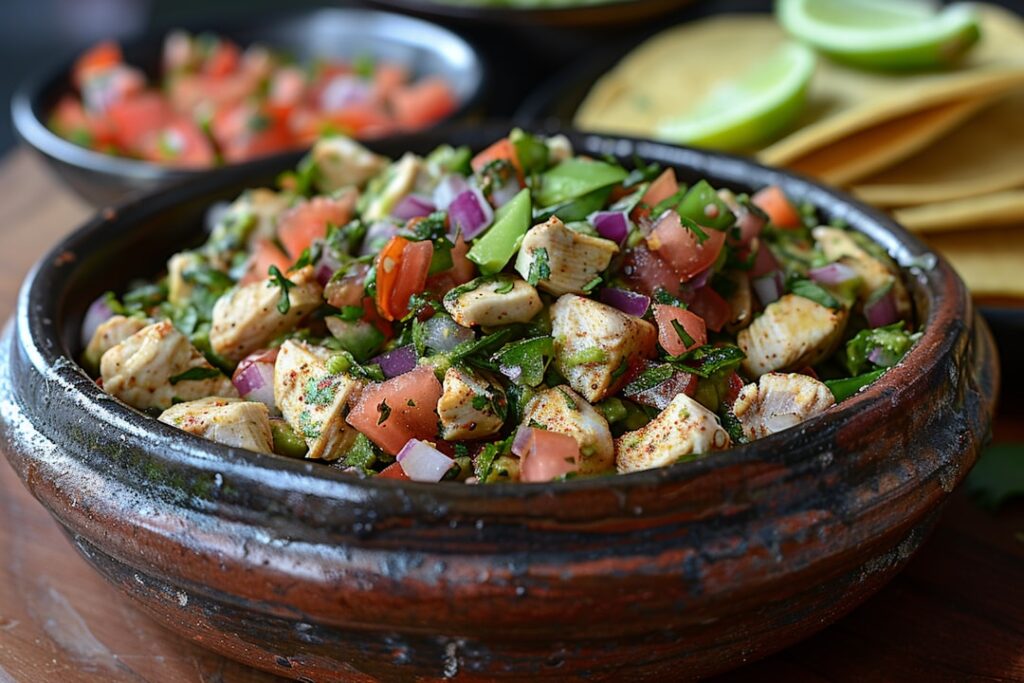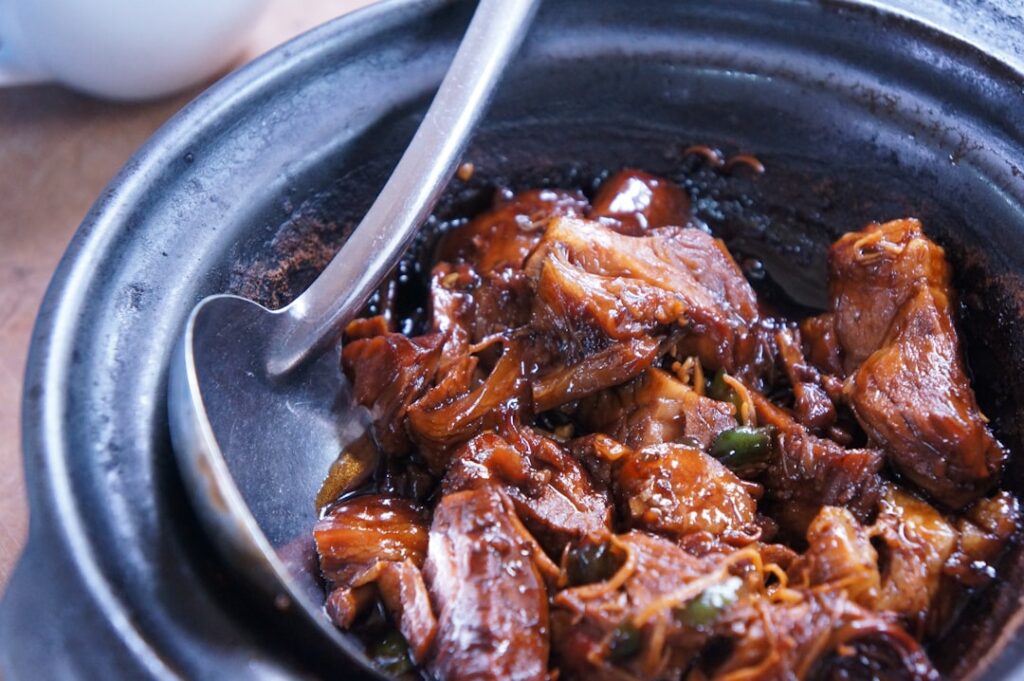
Cartoon food has become an integral part of popular culture, with its presence in various forms of media such as television shows, movies, and comic books. The depiction of food in cartoons has evolved over the years, from simple and generic representations to detailed and mouth-watering creations. This rise in popularity can be attributed to the way cartoon food has been used to evoke emotions, create memorable scenes, and even serve as a plot device in storytelling. The appeal of cartoon food lies in its ability to transcend cultural and language barriers, as it can be enjoyed and understood by audiences of all ages and backgrounds.
The use of cartoon food in popular culture has also been fueled by the growing interest in food and cooking. With the rise of food-centric programming and social media, there has been a heightened awareness and appreciation for different cuisines and culinary experiences. Cartoon food has capitalized on this trend by showcasing a wide variety of dishes, ingredients, and cooking techniques from around the world. This has not only expanded the appeal of cartoon food to a global audience but has also inspired real-life culinary exploration and experimentation.
Key Takeaways
- Cartoon food has become increasingly popular in popular culture, with its presence in various forms of media and merchandise.
- Food plays a crucial role in cartoon storytelling, often serving as a source of humor, emotion, and cultural representation.
- Iconic cartoon foods like the Krabby Patty and Scooby Snacks have become beloved by audiences and have left a lasting impact on popular culture.
- Cartoon food has influenced real-life cuisine, inspiring chefs and food enthusiasts to recreate and reinterpret these fictional dishes.
- The art of creating delectable cartoon food involves careful attention to detail, creativity, and an understanding of the characters and their world.
- Cartoon food has inspired food trends and products, with many restaurants and brands creating dishes and merchandise based on popular cartoon foods.
- The future of cartoon food in entertainment looks promising, with the potential for more innovative and immersive experiences for audiences to enjoy.
The Role of Food in Cartoon Storytelling
Food plays a crucial role in cartoon storytelling, serving as a powerful tool for character development, world-building, and emotional resonance. In many cartoons, food is used to convey cultural traditions, social dynamics, and personal relationships. For example, a character’s favorite dish or cooking style can reveal insights into their background, personality, and values. Additionally, the act of sharing a meal or preparing food together can symbolize bonding, reconciliation, or celebration within the narrative.
Furthermore, cartoon food is often used to create memorable and iconic moments that resonate with audiences long after they have watched the show or movie. Whether it’s a character indulging in a mouth-watering feast, a comical cooking mishap, or a heartwarming meal shared between friends, these scenes have the power to evoke nostalgia, joy, and a sense of connection with the characters and their experiences. The use of food in cartoon storytelling also extends beyond its visual representation, as sound effects, music, and dialogue are often used to enhance the sensory experience and emotional impact of food-related scenes.
Iconic Cartoon Foods That Have Captured Audiences’ Hearts
Throughout the history of animation, there have been numerous iconic cartoon foods that have captured audiences’ hearts and left a lasting impression. From the delectable to the downright bizarre, these fictional foods have become synonymous with the characters and stories they are associated with. One such example is the “Scooby Snack” from the beloved animated series “Scooby-Doo.” These dog treats are not only a source of comic relief but also serve as a motivation for the titular character, Scooby-Doo, to overcome his fears and solve mysteries.
Another iconic cartoon food is the “Krabby Patty” from the long-running series “SpongeBob SquarePants.” This fictional burger has become a pop culture phenomenon, with fans speculating about its secret formula and even inspiring real-life culinary creations. The “Krabby Patty” is not only a source of humor and intrigue but also serves as a symbol of the show’s imaginative and whimsical world. Additionally, the “Ratatouille” dish from the Pixar film of the same name has become synonymous with the idea that anyone can cook, regardless of their background or circumstances. This heartwarming message, coupled with the mouth-watering visuals of the dish being prepared, has made it an enduring symbol of culinary inspiration.
Exploring the Influence of Cartoon Food on Real-life Cuisine
The influence of cartoon food on real-life cuisine can be seen in various aspects of culinary culture, from restaurant menus to home cooking trends. Cartoons have introduced audiences to a wide array of dishes and ingredients from different cultures and time periods, sparking curiosity and interest in exploring new flavors and cooking techniques. For example, the popularity of Japanese cuisine in Western countries has been partly attributed to the exposure it received through anime and manga, which often feature detailed depictions of traditional Japanese dishes.
Furthermore, cartoon food has inspired real-life chefs and food enthusiasts to recreate fictional dishes and put their own creative spin on them. This trend has given rise to pop-up dining experiences, themed restaurants, and culinary events that celebrate the intersection of food and popular culture. Additionally, the influence of cartoon food can be seen in the marketing and branding of food products, as companies capitalize on the nostalgia and emotional connection that audiences have with their favorite animated characters and their associated foods.
The Art of Creating Delectable Cartoon Food
The creation of delectable cartoon food is a meticulous process that requires attention to detail, creativity, and an understanding of culinary aesthetics. Animators and artists often draw inspiration from real-life dishes and ingredients to bring their fictional creations to life on screen. This involves researching different cuisines, cooking methods, and presentation styles to ensure that the cartoon food is visually appealing and evocative of its real-life counterparts.
In addition to visual appeal, the creation of cartoon food also involves considering its role within the narrative and its ability to convey emotions and storytelling elements. For example, a character’s reaction to tasting a dish or the way food is prepared can communicate subtle nuances about their personality and experiences. Furthermore, sound design and music play a crucial role in enhancing the sensory experience of cartoon food, as they can evoke specific tastes, textures, and emotions that resonate with audiences.
How Cartoon Food Has Inspired Food Trends and Products

Cartoon food has inspired numerous food trends and products that have capitalized on the nostalgia and emotional connection that audiences have with their favorite animated characters. From themed cookbooks and kitchenware to branded food products and restaurant tie-ins, the influence of cartoon food can be seen in various aspects of consumer culture. For example, the release of a new animated film or television series often coincides with promotional tie-ins featuring themed snacks, beverages, and meal deals at restaurants and fast-food chains.
Furthermore, the popularity of certain fictional foods has led to real-life culinary innovations and trends. For example, the “Poke Bowl,” a Hawaiian dish featuring raw fish and rice, has gained widespread popularity in recent years, partly due to its exposure in popular culture, including cartoons. Additionally, the concept of “food fusion,” which combines elements from different culinary traditions to create new and exciting flavor combinations, has been influenced by the diverse range of dishes depicted in cartoons from around the world.
The Future of Cartoon Food in Entertainment
As technology continues to advance and storytelling evolves, the future of cartoon food in entertainment holds endless possibilities for creativity and innovation. With the rise of virtual reality and immersive media experiences, audiences may soon be able to interact with and even taste virtual representations of their favorite cartoon foods. This could open up new avenues for culinary exploration and sensory storytelling that blur the lines between fiction and reality.
Furthermore, as global audiences become more interconnected through digital platforms and streaming services, there is an opportunity for cartoon food to continue bridging cultural divides and fostering appreciation for diverse culinary traditions. The future of cartoon food in entertainment also holds potential for collaborations between animators, chefs, and food experts to create unique dining experiences that bring fictional foods to life in immersive and interactive ways.
In conclusion, cartoon food has become an integral part of popular culture, with its ability to evoke emotions, create memorable scenes, and inspire real-life culinary exploration. From iconic fictional foods that have captured audiences’ hearts to the influence of cartoon food on real-life cuisine, its impact on entertainment and consumer culture is undeniable. As technology continues to advance and storytelling evolves, the future of cartoon food holds endless possibilities for creativity and innovation in both animation and culinary arts.
Sure, here’s a paragraph for you:
If you’re a fan of cartoon food, you’ll love the delightful selection of food-themed merchandise available at Loodle Store. From adorable plushies to quirky kitchen accessories, Loodle Store has everything you need to bring your favorite cartoon treats to life. And if you want to learn more about the fascinating world of cartoon food, be sure to check out this insightful article on the topic at Loodle Store. Whether you’re a foodie or a cartoon enthusiast, there’s something for everyone at Loodle Store!
FAQs
What is cartoon food?
Cartoon food refers to the depiction of food in animated cartoons, often characterized by exaggerated colors, shapes, and sizes for comedic or dramatic effect.
What are some examples of cartoon food?
Some examples of cartoon food include oversized hamburgers, brightly colored ice cream sundaes, exaggeratedly large slices of pizza, and anthropomorphic fruits and vegetables.
What is the purpose of cartoon food in animation?
Cartoon food is often used in animation to evoke humor, create visual interest, and convey emotions. It can also serve as a way to emphasize the setting or time period of the story.
How does cartoon food differ from real food?
Cartoon food is often exaggerated and unrealistic in its appearance, with vibrant colors and larger-than-life proportions. It is meant to be visually appealing and entertaining, rather than accurately representing real food.
What are some popular cartoons featuring cartoon food?
Some popular cartoons featuring cartoon food include “SpongeBob SquarePants,” “Tom and Jerry,” “The Simpsons,” “Adventure Time,” and “Scooby-Doo.” These shows often use cartoon food as a source of humor and visual gags.


